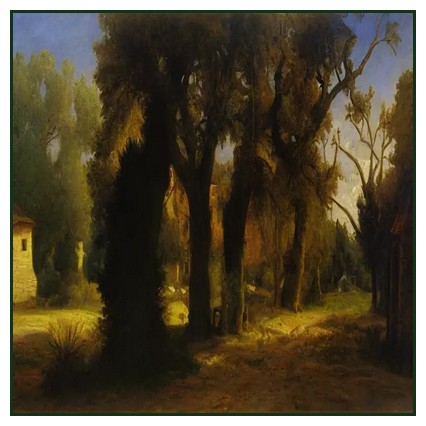
In the latter half of the 19th century, J. Good, an Oxford graduate who ran a school in Limerick, documented a variety of intriguing superstitions prevalent among the rural peasantry of that era. These curious beliefs shed light on the intricate tapestry of folklore that was woven into the lives of the Irish people.
One fascinating belief centered around the act of lending. The locals firmly believed that refraining from lending items to their neighbors could bring them a prolonged life and enhanced health for their horses. The notion of lending seemed to hold a deeper meaning, intertwining human welfare with that of their trusty steeds.
Eating eggs was accompanied by its own set of superstitions. Horse owners who consumed eggs were advised to consume an even number, as an odd number was believed to put their horses in peril. Interestingly, witches were forbidden from consuming eggs altogether, and any horseman who dared to break this taboo was required to wash their hands immediately after the act.
The connection between a horse and its owner was further demonstrated in a unique ritual. Upon the unfortunate demise of a horse, the master would arrange the animal’s legs in a specific manner, gazing at the hooves as if seeking guidance from the beyond. This ritualistic practice hinted at the deep bond that existed between humans and their equine companions.
The act of praising a horse was not without its own set of precautions. To avert any potential harm befalling the creature, one had to cry out “Gail sive him” or spit three times. Moreover, should a misfortune occur within three days of praising a horse, a whispered recitation of the Lord’s Prayer into the horse’s right ear was believed to counteract the ill effects.
Horses were also believed to be susceptible to bewitchment. Certain individuals were thought to possess bewitching eyes that could adversely affect horses. To counteract this supposed enchantment, afflicted horse owners would turn to old women known for their knowledge of charms. These wise women would utter incantations to restore the horses to their normal state.
Additionally, horses’ feet were considered vulnerable to the influence of worms. A peculiar remedy involved seeking out a “wise woman” who would breathe on the affected area and repeat a charm. This ritual was believed to cure the horse of its ailment. In exchange for the knowledge of this charm, many were willing to offer rewards, and those initiated into this secret were bound by an oath to keep it hidden.
These glimpses into the superstitions of old Ireland offer a captivating insight into the rich tapestry of beliefs that once shaped the lives and practices of the people. These practices, rooted in tradition and a deep connection to the land and its creatures, reveal a world where the supernatural and the everyday were intricately intertwined.
Lancaster Standard and County Advertiser – Friday 17 November 1905


